Understanding the components of your HVAC system is essential for every homeowner in the US. Not only does it help you maintain optimal comfort within your home, but it also allows for efficient energy usage and timely maintenance.
Continue reading to learn about the key parts that make up an HVAC system – from thermostats to heat exchangers – and how they work together to provide heating, cooling, and ventilation throughout your living space.
Do you need to repair or replace one of the components of your HVAC system? You can rely on IMS for HVAC services.
Key Components Of An HVAC System
The key components of an HVAC system include the thermostat, air handler unit, heat exchanger, compressor, evaporator coil, and condenser coil.
Thermostat
A thermostat is a vital component of every HVAC system, acting as the central control hub for regulating the temperature within your home. This small device communicates with all other parts to ensure that your heating, ventilation, and air conditioning systems work harmoniously to maintain comfortable temperatures according to your preferences.
For example, a programmable thermostat allows homeowners to set specific temperature schedules based on their daily routines, which can help save energy costs by at least 10%.
In contrast, smart thermostats offer increased convenience by enabling remote access through smartphone apps or voice-activated controls via virtual assistants. These advanced features may not only provide additional comfort but can also help you optimize energy efficiency over time.
Air Handler Unit
The air handler unit is a critical component of an HVAC system that circulates the heated or cooled air throughout your home. It typically consists of a blower motor, evaporator coil, and filter elements that work together to ensure optimal indoor air quality.
When the thermostat signals the need for heat or cool air, the blower motor draws in return air from your home through ductwork and passes it over the evaporator coil.
As such, it’s essential to maintain this component regularly by replacing filters every 30-60 days to prevent debris build-up, which could lower its efficiency. Efficient airflow can reduce energy use and increase comfort levels within your home.
Heat Exchanger
The heat exchanger is an integral component of any HVAC system. Its primary function is to transfer heat energy from the furnace or boiler to the air being circulated throughout your home.
The metal walls of the heat exchanger absorb this high-temperature air generated by the furnace and transfer it to cooler indoor air passing over these walls, which heats it up as well.
This process helps keep your home warm during cold winter months without wasting too much energy on heating up outdoor air unnecessarily.
Compressor
The compressor is an essential component of your HVAC system that plays a critical role in the cooling process. This unit compresses the refrigerant, increasing its temperature and pressure before sending it to the condenser coil outside where it releases heat into the air.
Without a functioning compressor, you would not be able to feel any cool air coming from your AC unit or central air system. If you notice that there are strange noises, leakage, or inconsistent airflow coming from your vents, there may be a problem with your HVAC compressor.
Evaporator Coil
The evaporator coil is an essential aspect of an HVAC system. The component is responsible for cooling the air inside your home. It works by absorbing heat from the warm air that circulates through it, and as a result, the refrigerant in the system evaporates into gas.
You can ensure optimal performance of this vital component by keeping it clean and free from debris or build-up. A dirty evaporator coil can lead to reduced efficiency and higher energy bills.
Homeowners should also make sure their HVAC system is regularly serviced by a professional technician who can check that everything is working correctly and address any issues before they become major problems.
Condenser Coil
The condenser coil is an essential component of any HVAC system. It plays a crucial role in the cooling process by dissipating heat from inside a home or building to the outside environment.
The coil is connected to the compressor, which pumps refrigerant throughout the system, and it works together with the evaporator coil to regulate temperature. When warm air passes over the cold evaporator coils, moisture in the air condenses on them and collects in a drain pan. This process also dehumidifies your home’s air.
If dirty or clogged up with dust or debris, it can affect its performance leading to high utility bills. If your AC unit isn’t working efficiently due to a dirty/obstructed condenser coil could also lead to faster wear-and-tear of all components, which would increase breakdowns and overall maintenance costs.
Thus cleaning and maintaining this important part periodically will avoid problems caused by inefficient operation or complete failure of your AC unit altogether.
Conclusion
In conclusion, understanding the components of your HVAC system is essential for keeping your home comfortable throughout the year. From the thermostat to the air handler unit, heat exchanger, compressor, evaporator coil, and condenser coil – these key parts work together in a heating and cooling process that keeps you warm in winter and cool in summer.
Regular maintenance is important to keep your HVAC system running efficiently and to avoid costly repairs down the line.

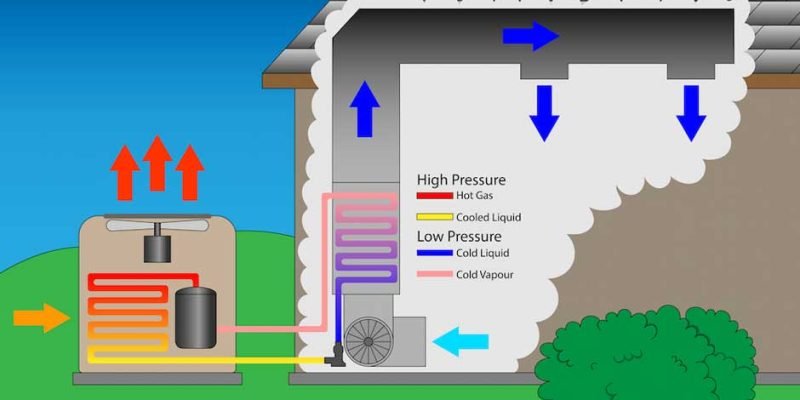
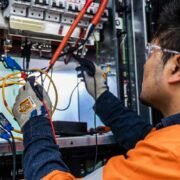

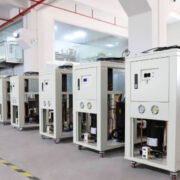

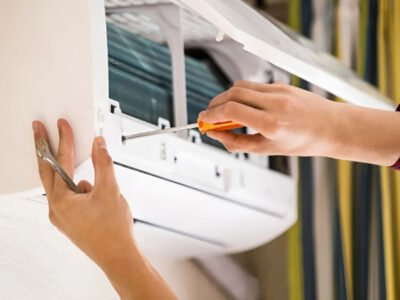

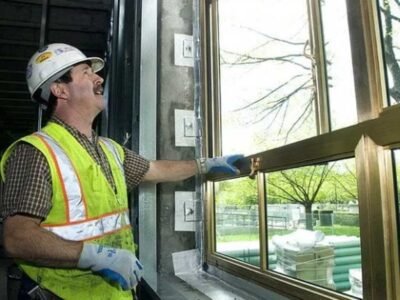





Comments